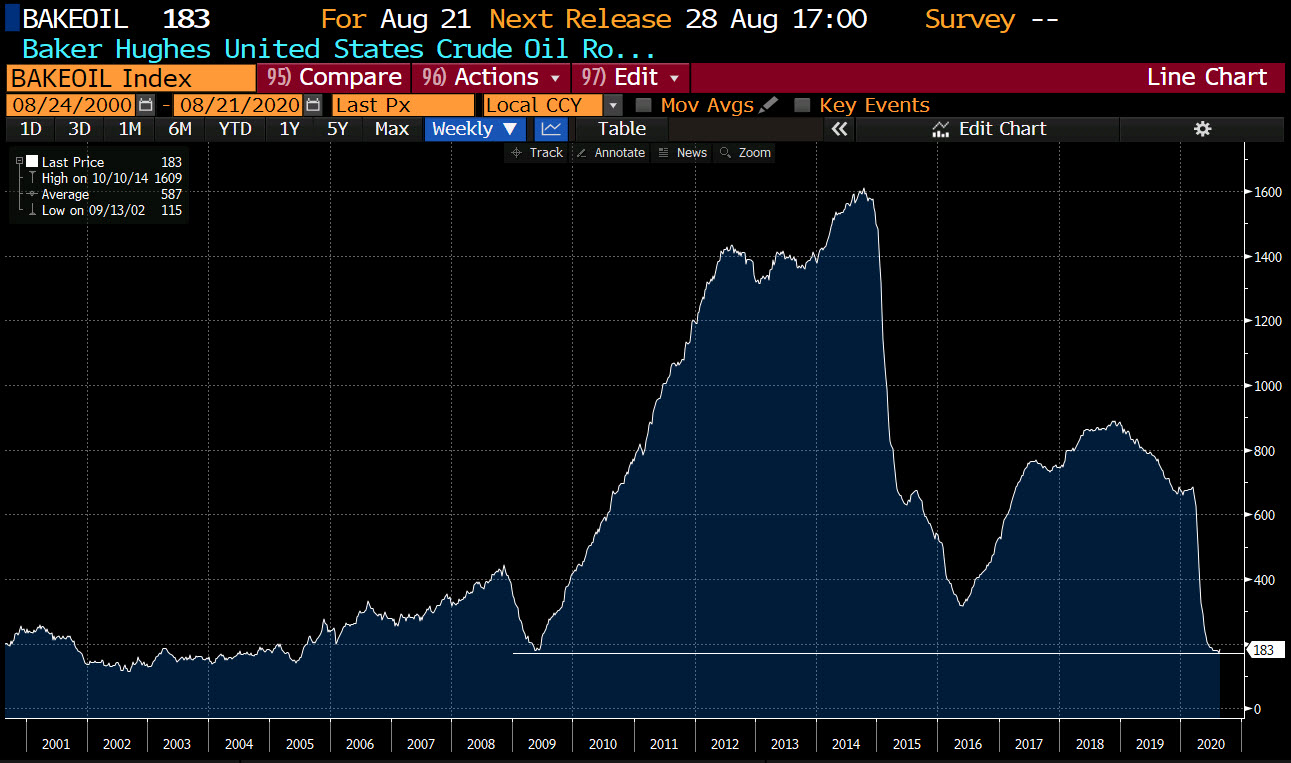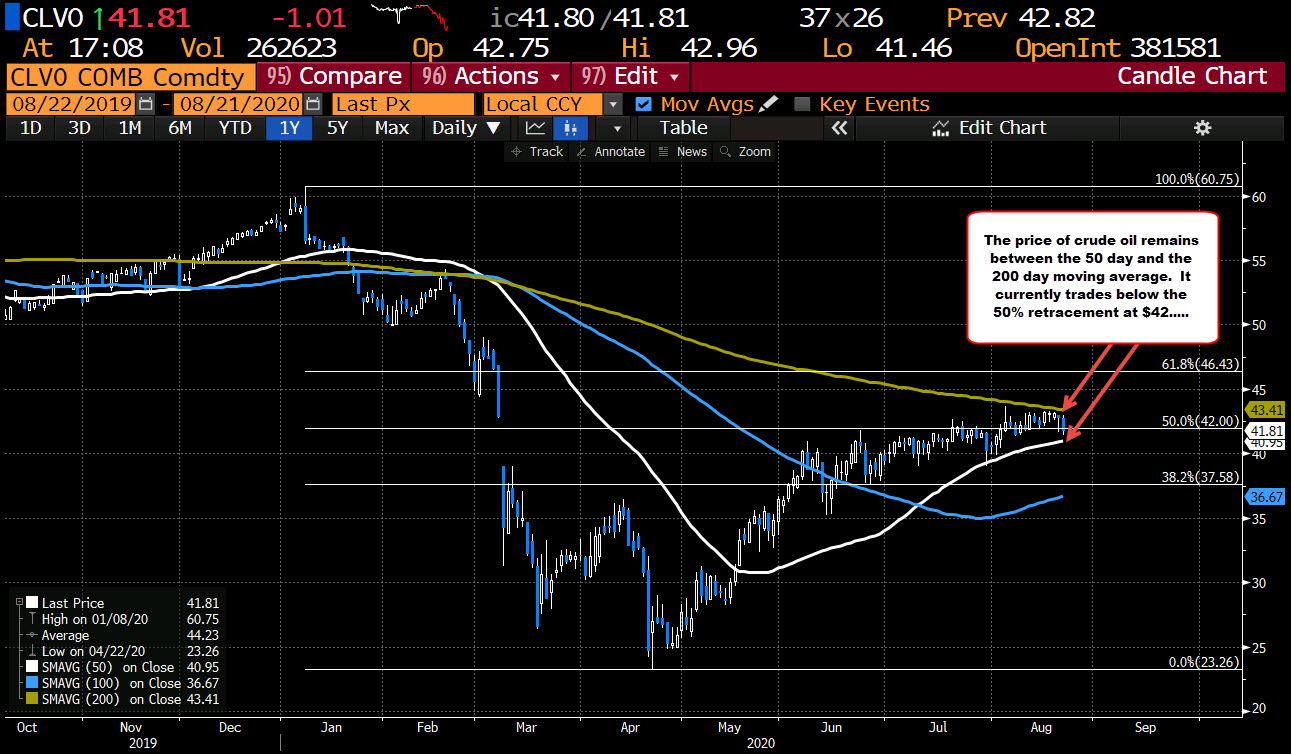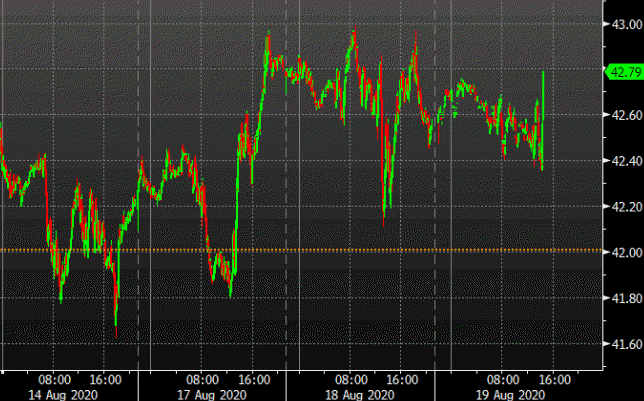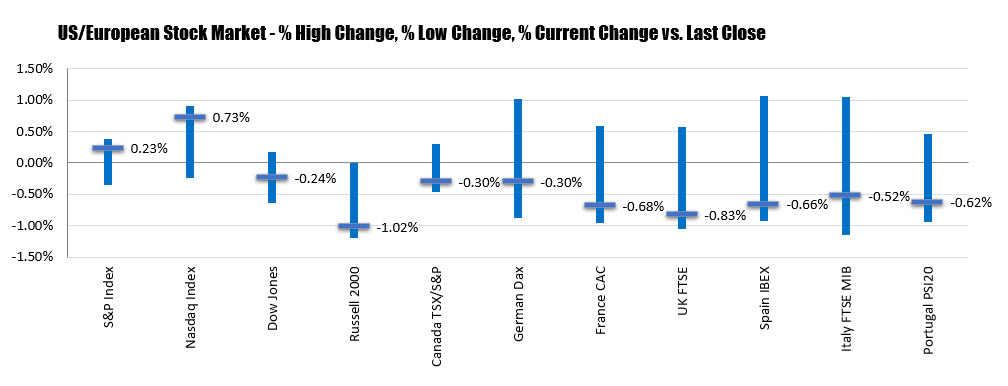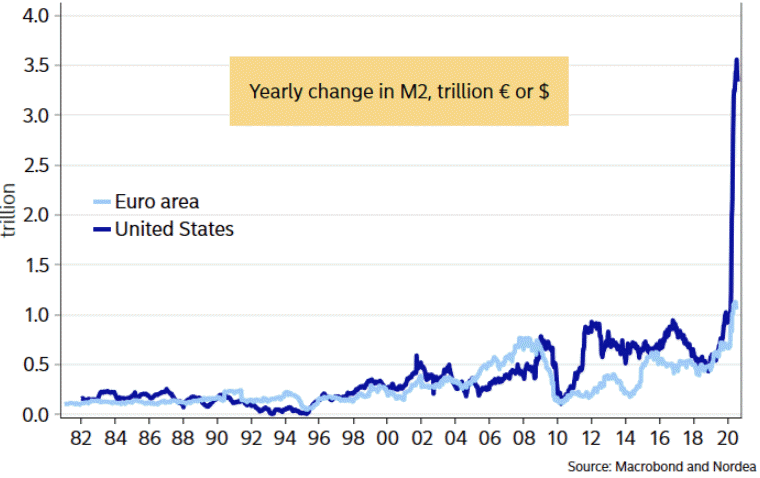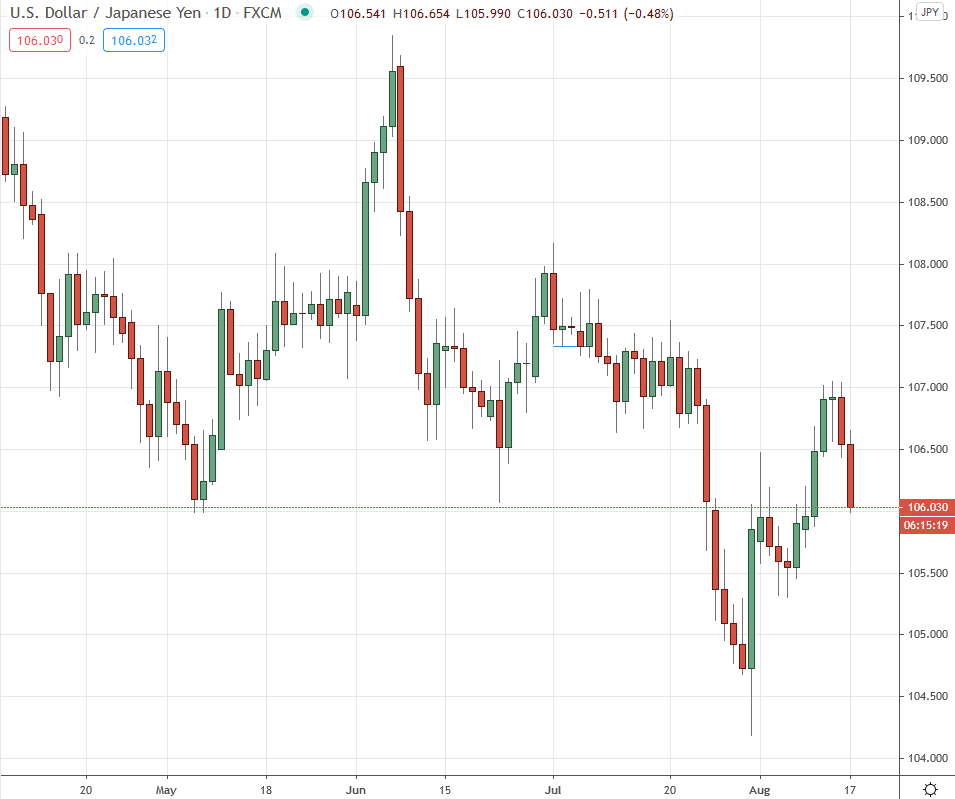Dow industrial average leads the way
the S&P and NASDAQ index both closed at record levels, but for the day the Dow industrial average was the biggest percentage gainer.
- S&P index up 11.73 points or 0.35% at 3397.24.
- The NASDAQ index rose 46.848 points or 0.42% at 11311.80
- Dow industrial average rose 190.84 points or 0.69% at 27930.53
For the week, the NASDAQ led the way. The Dow industrial average ended the week unchanged.
- S&P index rose 0.72%
- NASDAQ index rose 2.65%
- Dow industrial average was unchanged
For the year to date, the Dow industrial average still remains down. The NASDAQ index continues its stellar performance.
- S&P index +5.15%
- NASDAQ index +26.07%
- Dow industrial average -2.13%
- Apple, +5.14%
- dear and Company, +4.39%
- Nvidia, +4.43%
- Tesla, +2.39%
- Qualcomm, +2.15%
- Corning, +1.88%
- Nike, +1.63%
- Marriott, +1.35%
- AMD, +1.27%
- Chipotle, +1.13%
- Costco, +1.12%
- J&J, +0.9%
- Home Depot, +0.9%
- Slack, -2.97%
- United Airlines, -2.97%
- Papa John’s, -2.16%
- Uber, -1.85%
- Box, -1.83%
- Deutsche Bank, -1.71%
- Beyond Meat, -1.5%
- Delta, -1.27%
- Boeing -1.25%
- Raytheon technologies, -1.21%
- Whirlpool, -1.17%
- Netflix, -1.1%

